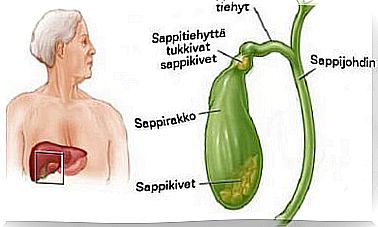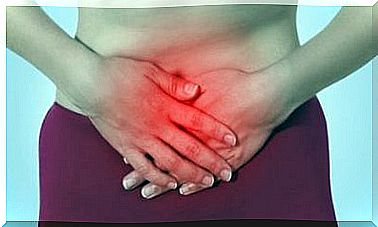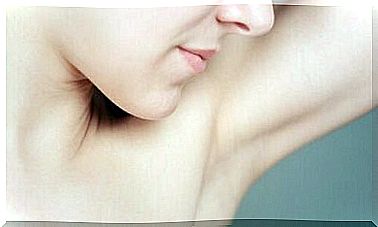Why Do I Have Difficulty Breathing During Exercise?
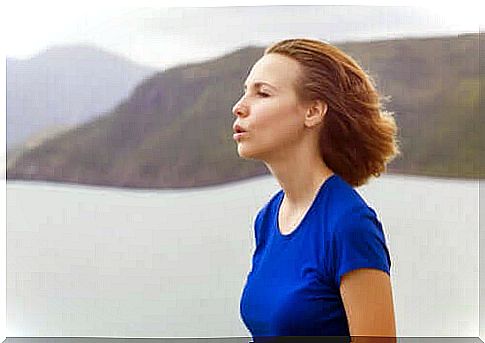
More and more people are becoming aware that physical activity is an important part of a healthy lifestyle. If you rarely or incorrectly exercise, you may notice difficulty breathing during exercise.
Breathing difficulties can occur in sports such as shortness of breath, cough, narrowing of the airway or wheezing (the audible sound of wheezing as air passes through the throat). Breathing difficulties can occur during physical activity for a variety of reasons.
In this article, we analyze all the breathing difficulties associated with exercise.
What are the functions of breathing?
Breathing has several different functions. The most important of these, however, is to maintain the body’s function as follows:
- By producing oxygen into the tissues and removing the carbon dioxide waste that the cells create.
- By constantly maintaining blood acidity, which is measured by pH. The healthy level of pH is very narrow: 7.35-7.45. It is the responsibility of the breath to keep the blood inside this level by removing carbon dioxide.
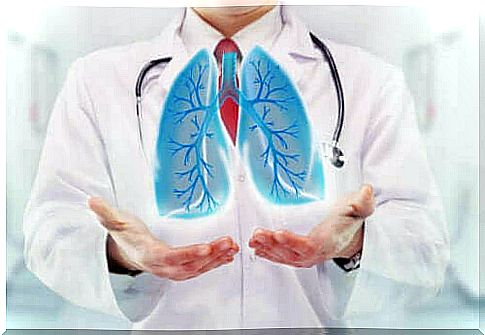
Ventilation and respiration
In order to determine respiration, it is important to understand the concept of ventilation as well as the different types of ventilation.
Pulmonary ventilation is the process by which air enters and leaves the lungs. This mechanism occurs through activation of the respiratory nervous system and pressure between the lungs and the outside air.
However, not all of this breathable air reaches the alveoli to cause gas exchange and to be able to carry oxygen to the tissues. Instead, air remains in the airways (bronchi, trachea, and so on). This unused air takes over an area called the “anatomical dead space”.
If we reduce the air flowing in during lung ventilation as well as the air contained in the physiologically dead space, increase the air that reaches the alveoli and is actually used. This air that reaches the alveoli is part of the alveolar ventilation.
The amount of air that enters the alveoli can vary depending on how you breathe: if you breathe deeper or more superficially, if it is hot or cold, or if you exercise or not.
Types of ventilation
There are two types of ventilation. However, both are represented by the same variables (with small differences). This is because that process is essentially defined as the incoming air in a minute . This is obtained by multiplying these two figures:
- Respiratory rate: number of breaths per minute. A healthy person breathes at rest an average of 12 times per minute.
- Extent of respiration: the amount of air entering when inhaled. A healthy person usually breathes 0.5 liters of air per breath at rest.
Thus, the ventilation of a healthy person is usually about six liters per minute.
Breathing difficulties during exercise: what happens?
When you exercise, your muscles perform two processes:
- They use oxygen from the blood to get energy and move.
- Because muscles have to work a lot, they also get energy from other processes that don’t need oxygen. However, these processes create lactate, which is released into the bloodstream and acidifies it.
Because of these processes, the blood circulating through the muscle tissues remains acidic and oxygen-free. This can jeopardize the functioning of the body. To prevent this from happening, the brain becomes aware of these changes through the receptors it spreads to the body and this makes a person:
- Breathe faster as the respiratory rate increases.
- Inhale deeper to allow more air to enter the lungs during each breath. Thus, the extent of respiration increases.
If respiratory rate and extent of respiration increase, pulmonary ventilation and alveolar ventilation also increase. In practice, this means that:
- More oxygen gets into the blood, allowing the needs of the muscles to be met.
- The body removes more carbon dioxide by removing the acid produced by the muscles and keeping the pH of the blood stable.

Breathing stages during exercise
Studies have led to the conclusion that there are three stages to go through during exercise. In the first and second stages, ventilation rises abruptly to allow the activity to be performed. During the third stage, the body adapts and ventilation remains stable.
Why do I have difficulty breathing during exercise?
If you are not used to exercise, you may initially feel choking. This feeling is completely normal. The respiratory system must make an effort to maintain the normal state of the blood and prevent it from changing as we mentioned above.
However, as you continue to exercise, breathing becomes easier as your body gets used to the new situation. However, it’s good to know that it doesn’t feel like you are exercising with the same intensity all the time compared to exercising with increasing intensity.
With increasing intensity over time, the body does not get used to it and thus requires more oxygen. So this makes you breathe even faster. Of course, you will also get the same amount of air with each breath.
For professional athletes, we can see how their respiration rate is much lower. Professional athletes have trained their respiratory systems to get more oxygen. So they breathe deeper and hold air longer in the lungs, which requires fewer breaths.
When should you see a doctor because of breathing difficulties during exercise?
Breathing difficulties during exercise may be an indication that you are not used to exercise. However, it is important to note that it can also be a sign of other respiratory problems or cardiovascular disease. Therefore, you should always pay attention to the following symptoms:
- Shortness of breath or a feeling of suffocation that is so intense that it prevents you from continuing to do the activity.
- Wheezing.
- Dizziness or fainting.
- Feeling that the chest is enlarging and squeezing in excessively.
If you experience any of these symptoms, you should see your doctor to see if there is any latent illness. If this is the case, your doctor may be able to offer you help depending on the problem.


